Beginner’s Guide: How to Prepare Your Gas Grill for the First Time
So, you've got your first gas barbecue—exciting! A little unsure where to start? Don't worry, we've got you covered. This guide will walk you through everything you need for a safe, fun, and delicious first BBQ experience. Let's fire things up!
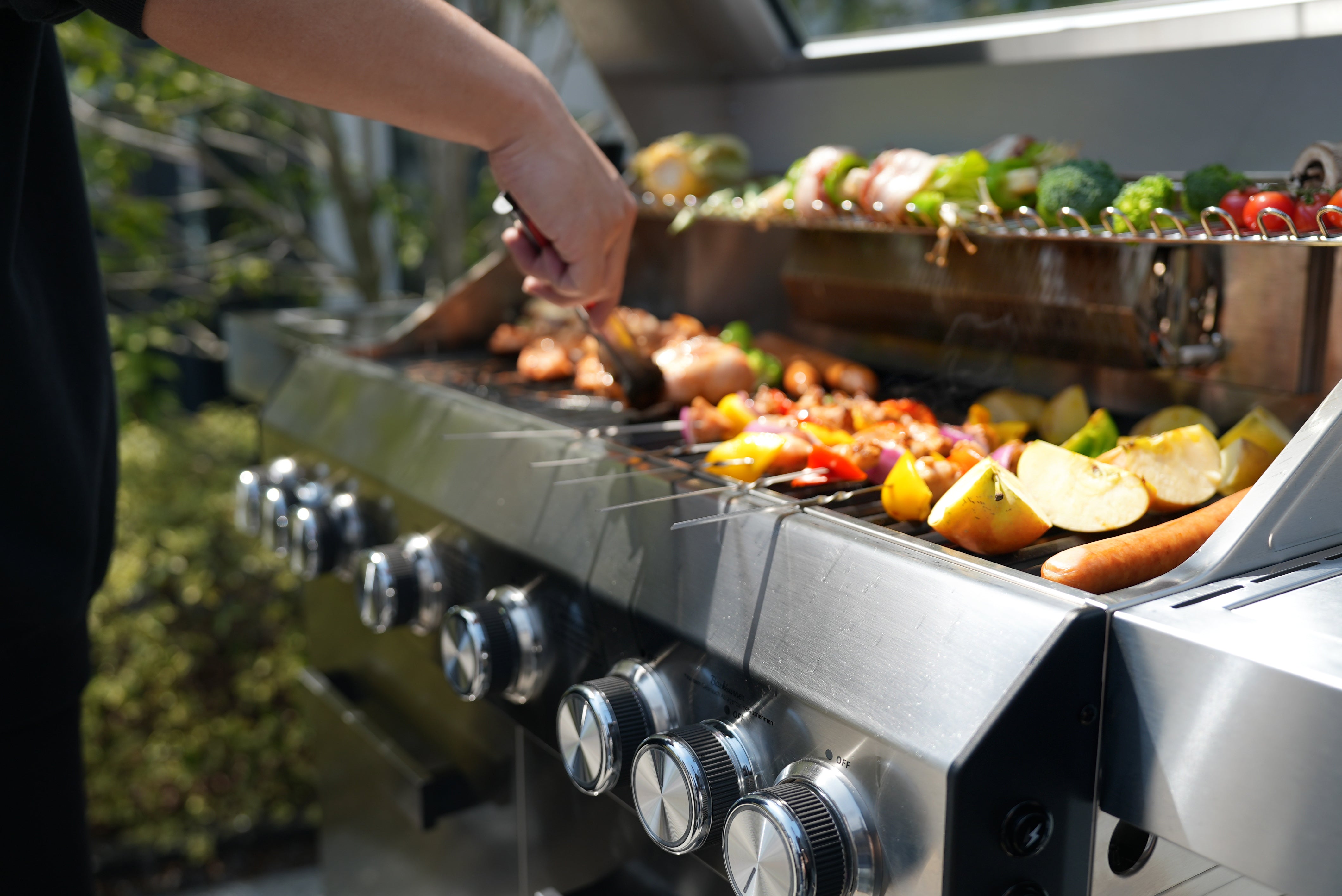
Preparing Your First Gas BBQ
Proper preparation is absolutely key to BBQ success. This guide covers everything from seasoning your grates for protection and flavour to safe gas tank selection and easy lighting. Let's get this grill going!
Protect Your Barbecue by Seasoning
Seasoning your BBQ means oiling and heating the grates to create a natural, non-stick, protective layer. This helps prevent food from sticking, guards against rust, and burns off any lingering factory coating.

Why Season Your BBQ?
Remove Factory Coating
New grills often have protective wax coatings, oils, or residues from manufacturing. Burning these off ensures your food is free from unwanted chemicals.
Prevent Rust
Seasoning forms a protective oil layer that shields the metal grates from moisture, reducing the risk of rust, even in humid climates.
Non-Stick Surface
Heated oil carbonises, creating a smooth, slick layer on the grates. This makes flipping food easier and simplifies cleanup.
Seasoning Your BBQ Step-By-Step
1. Clean it up
Wash the grates and flame tamers with warm, soapy water, then dry them completely.
2. Preheat the Grill
Fire up the burners on high for 15-20 minutes with the lid closed. This burns off any residue.
3. Oil the Grates
Turn off the BBQ and let it cool slightly. Using a paper towel, rub some high-heat cooking oil (like canola, sunflower, or grapeseed) on the grates, warming rack, the inside of the hood, and the firebox. Avoid oils with low smoke points like olive oil or butter.
4. Heat Again
Turn the grill back on for another 30 minutes to bake in the oil and create that non-stick surface. You might see a little smoke – that's normal!
5. Repeat Regularly
Do this 2-3 times a year, or whenever your grates start to look dull, or after a deep clean with soapy water.
New to the world of gas grilling? Check out our range of CosmoGrill Gas BBQs that take grilling to the next level!
Lighting Up Your First Gas BBQ
Gas grills offer a fast, convenient, and versatile way to cook outdoors. Whether you're new to grilling or switching from charcoal, mastering heat control is key. These simple tips will help you cook evenly, enhance flavour, and avoid common pitfalls like flare-ups or overcooking.

Using Your Gas Grill After Seasoning
Oil the Food, Not the Grill
Instead of spraying oil directly on the grates (which can cause flare-ups), lightly coat your food with a high-smoke point oil like vegetable or canola. This prevents sticking and promotes even browning without excess smoke.
Don’t Overcrowd the Grill
Give each piece of food enough space for proper air circulation. Overcrowding traps moisture, leading to steaming rather than searing, and increases the risk of flare-ups from dripping fat.
Direct vs. Indirect Heat
Use direct heat (high heat) for quick-cooking foods like burgers, steaks, and vegetables. Indirect heat (low heat) is ideal for larger cuts of meat like ribs and whole chickens, allowing them to cook evenly without burning. To set up indirect heat, keep one side of the grill on high while the other side remains on low or off.
Use a Meat Thermometer
Take the guesswork out of grilling by using a thermometer to check internal temperatures, especially for thicker meats and poultry. This ensures food is safely cooked without being overdone.
Keep the Lid Closed
Closing the lid helps maintain consistent heat, ensuring even cooking—especially for thicker cuts and slow-cooked meats. Avoid lifting the lid too often, as this can cause heat fluctuations and increase cooking time.
By following these steps, you’ll achieve better control over your grilling, reduce the chances of flare-ups, and cook your food to perfection. With the right techniques, your gas grill will soon become your go-to tool for flavourful, evenly cooked meals!
What Gas Do I Use for My BBQ?
There are two main types of gas you can use: propane or butane. Both are great, but depending on what kind of cooking you’re into and the weather, one might suit you better.

Propane Gas:
Propane is a top choice for gas barbecues because it performs well in all seasons, including colder months. It evaporates at lower temperatures, ensuring reliable grilling even in chilly weather. Widely available in the UK, propane typically comes in red or green cylinders and has a higher pressure output than butane, allowing for quick and consistent heat—perfect for efficient cooking.
- Performance: Works great in all weather, even in the cold, so it’s perfect for grilling year-round.
- Best For: High-heat cooking like searing steaks or grilling burgers.
- Regulator: Make sure you’re using a 37 Mbar regulator for CosmoGrill barbecues.
Butane Gas:
Butane is ideal for summer barbecuing or warmer climates, as it struggles to vaporise in freezing temperatures. However, it provides more energy per litre than propane, making it slightly more efficient for long, steady grilling. In the UK, butane cylinders are typically blue and are a great option for camping or portable barbecues, though their temperature sensitivity makes them less suitable for year-round use.
- Performance: Ideal for warmer weather – but struggles in the cold.
- Best For: Low, slow cooking like smoking meats or slow-roasting.
- Regulator: For CosmoGrill barbecues, you’ll need a 28-29 Mbar regulator for butane.
Pro Tip: Need a quick way to tell them apart? Propane cylinders are typically red or green, and butane ones are blue. Just be sure you’re using the right regulator!
Shutting Down and Cleaning Your BBQ
After enjoying a great grilling session, properly shutting down and cleaning your BBQ ensures it stays in top condition for your next cookout.

1. Turn Off the Burners
As soon as you're done grilling, switch all burners to the OFF position to stop the gas flow. If your BBQ has a side burner, make sure to turn that off too.
2. Disconnect the Gas Cylinder
If you don’t plan to use your BBQ again soon, turn off the gas valve before detaching the regulator. Store the gas bottle in a cool, well-ventilated space away from direct sunlight and heat sources.
3. Clean the Cooking Grates
While the grill is still warm, use a grill brush to remove leftover food and grease from the grates. For a deeper clean, soak the grates in warm, soapy water before scrubbing them. If your BBQ has cast iron grates, dry them completely and lightly oil them to prevent rust.
4. Empty the Grease Tray
Grease buildup can cause flare-ups or even become a fire hazard. After each use, slide out the grease tray, dispose of any fat and debris, and wash it with warm, soapy water.
5. Wipe Down the Exterior
Use a damp cloth or mild soapy water to clean the lid, control knobs, side shelves, and any stainless steel surfaces. For stubborn grease spots, a BBQ-safe degreaser or stainless steel cleaner can help restore the shine.
6. Cover Your BBQ
Once everything is clean and dry, place a weatherproof BBQ cover over your grill to protect it from rain, dust, and harsh weather. If storing outdoors, lift the cover occasionally to prevent condensation buildup, which can lead to rust.
Troubleshooting Common Gas BBQ Issues
Even with all the right steps, you might run into some minor issues when using your gas BBQ. Here’s how to handle them.

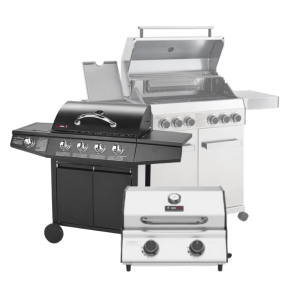
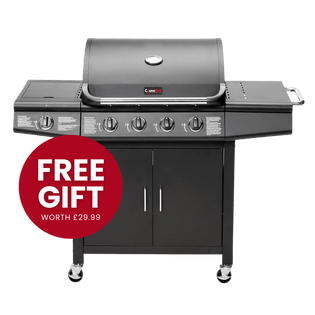
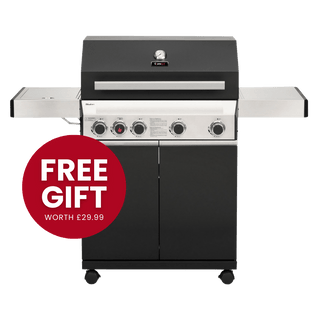

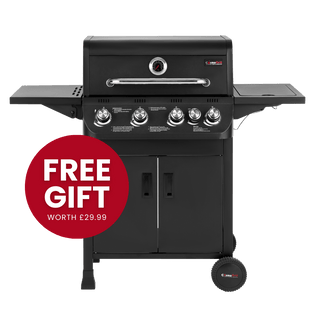

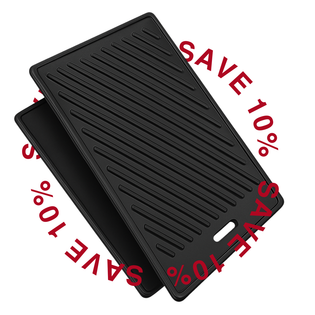
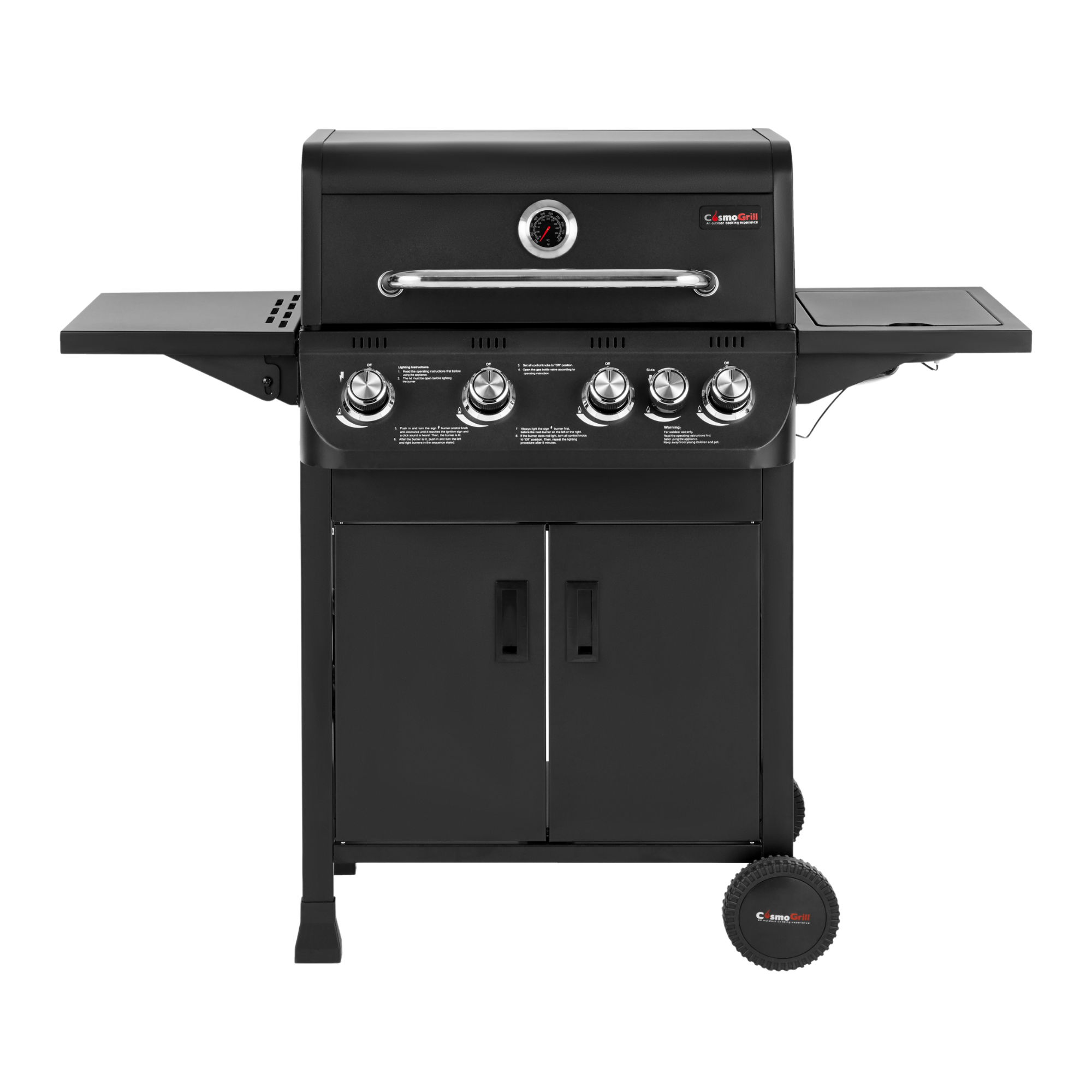
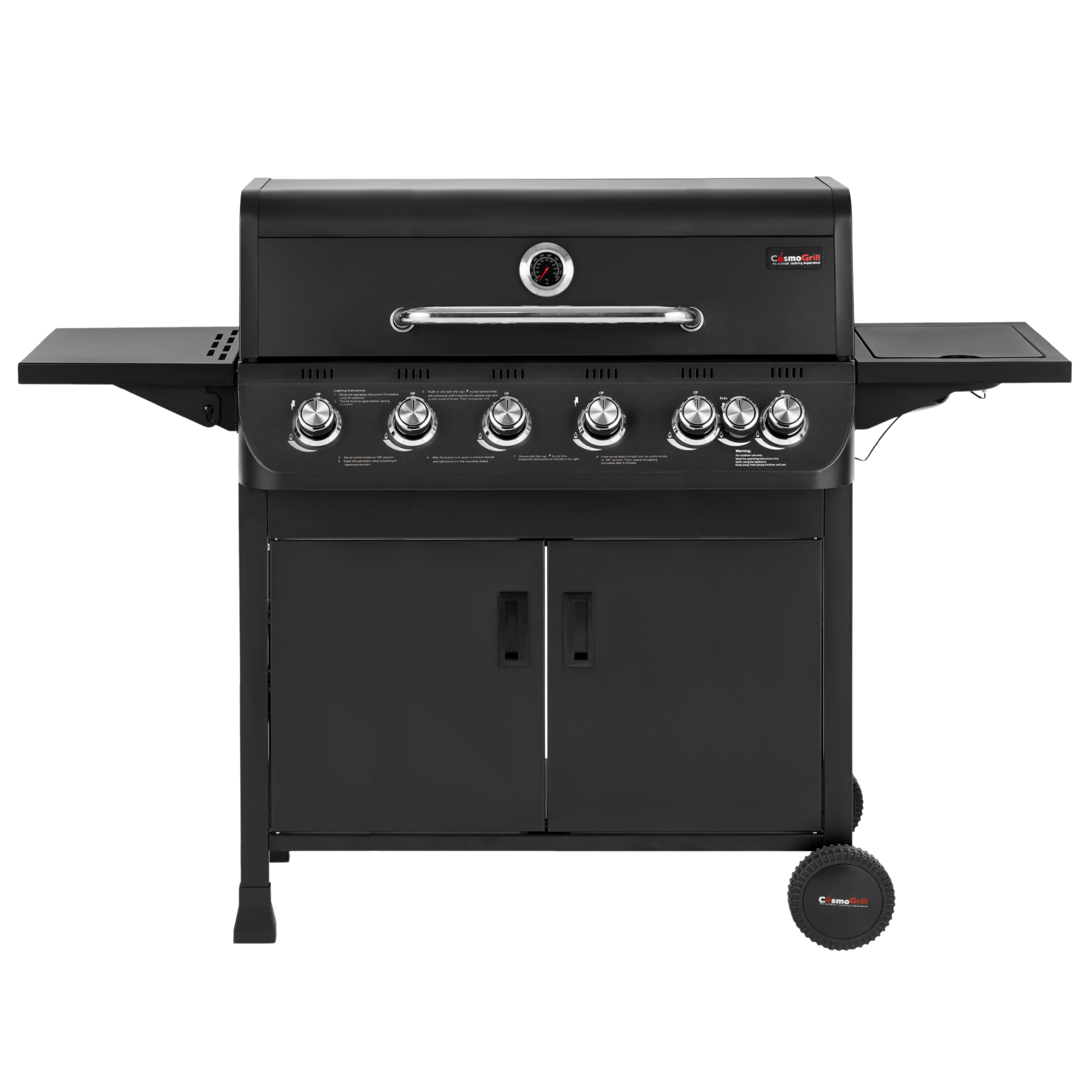
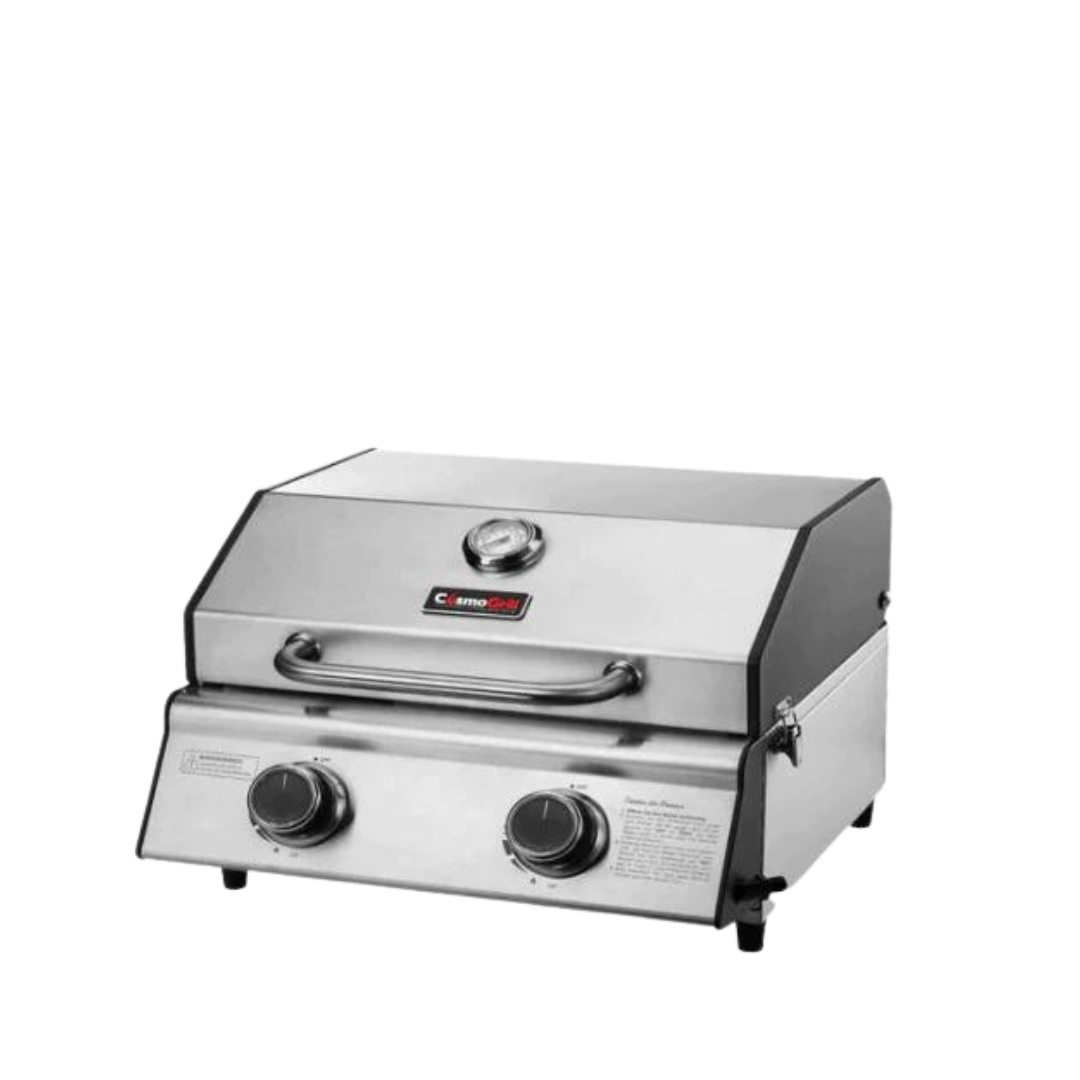
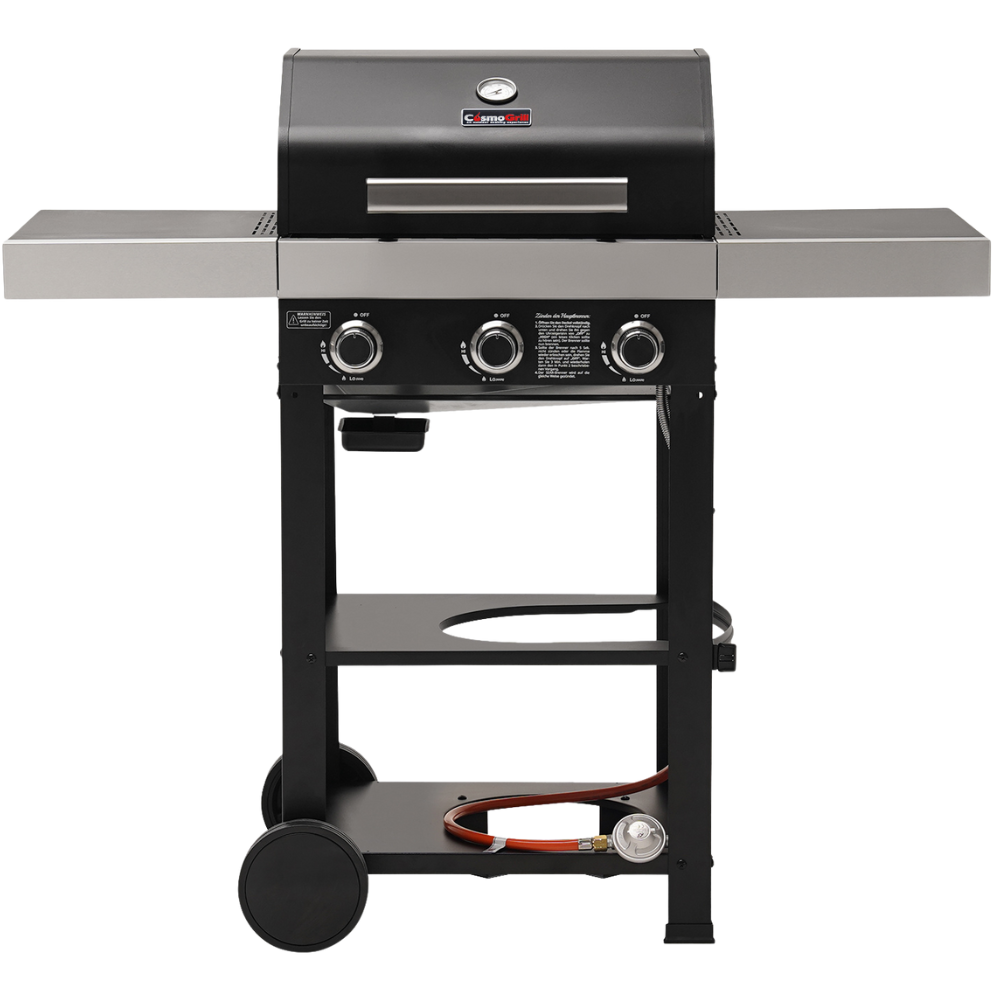
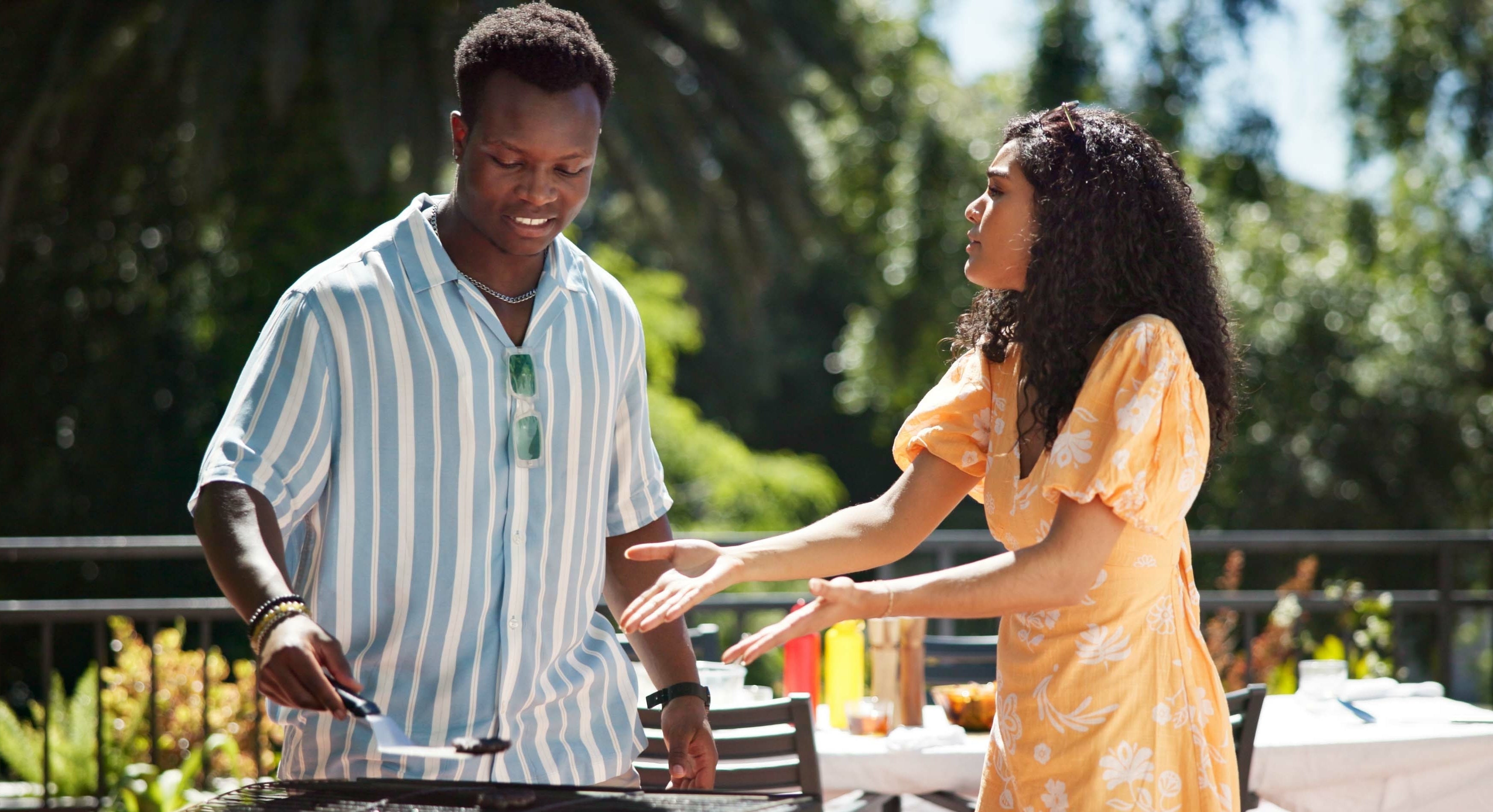
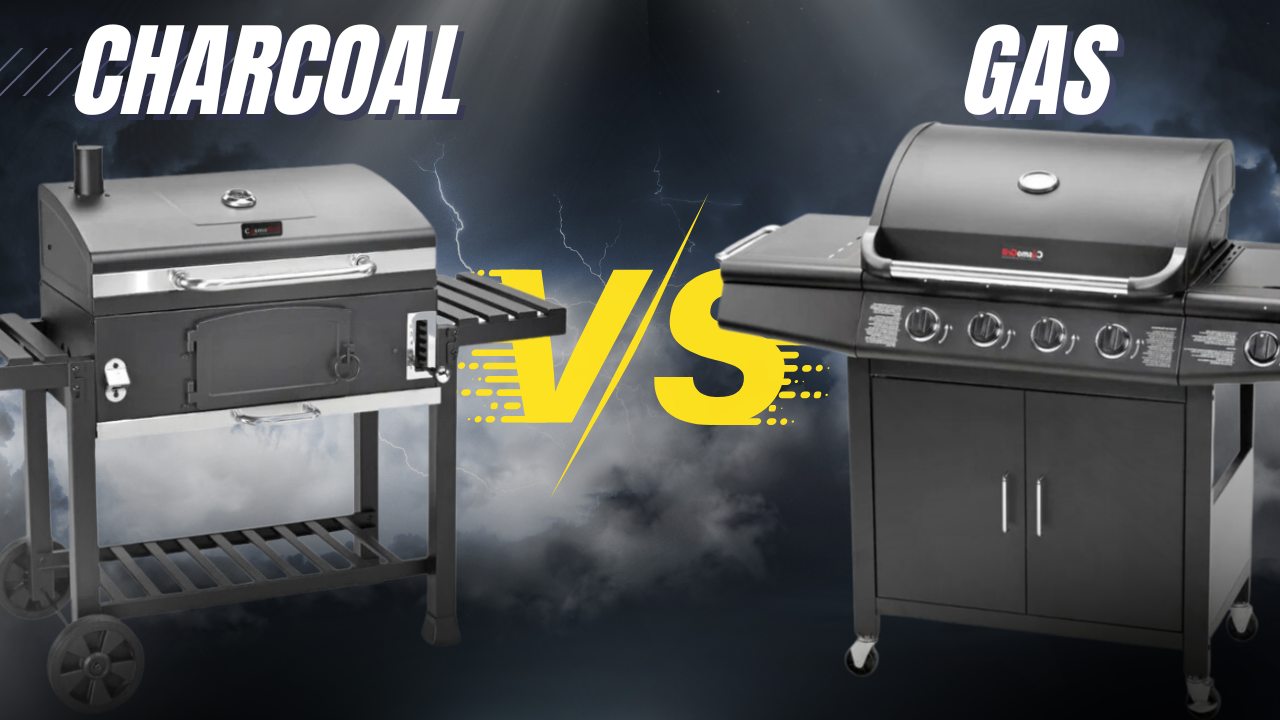

Leave a comment
This site is protected by hCaptcha and the hCaptcha Privacy Policy and Terms of Service apply.